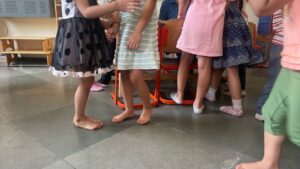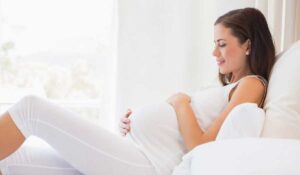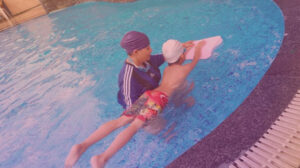ARE YOU KNOWN ABOUT ACHONDROPLASIA…???
Achondroplasia
type of rare genetic bone disorder. Achondroplasia is the most common type of these disorders. It causes the strong, flexible tissue called cartilage to not be made into bone as normal.
This causes a series of signs, such as short arms and legs and a large head. This condition used to be called dwarfism. Achondroplasia is a bone growth disorder that cause disproportionate dwarfism. Dwarfism is defined as a condition of short stature as an adult.
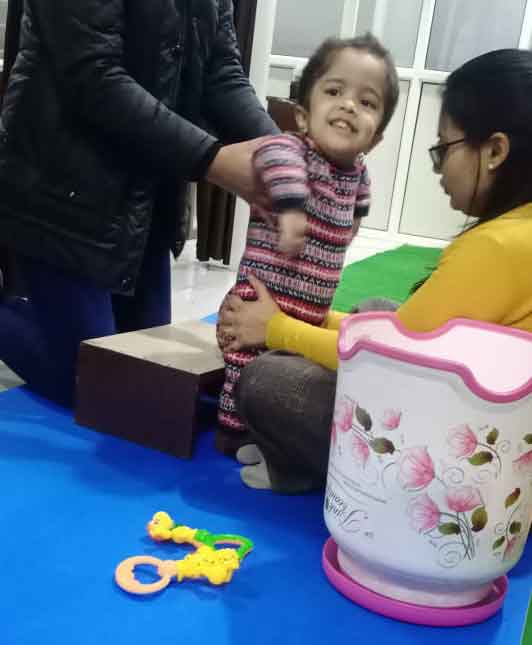
People with Achondroplasia are short in stature with a normal sized torso and short limbs. It’s the most common type of disproportionate dwarfism.
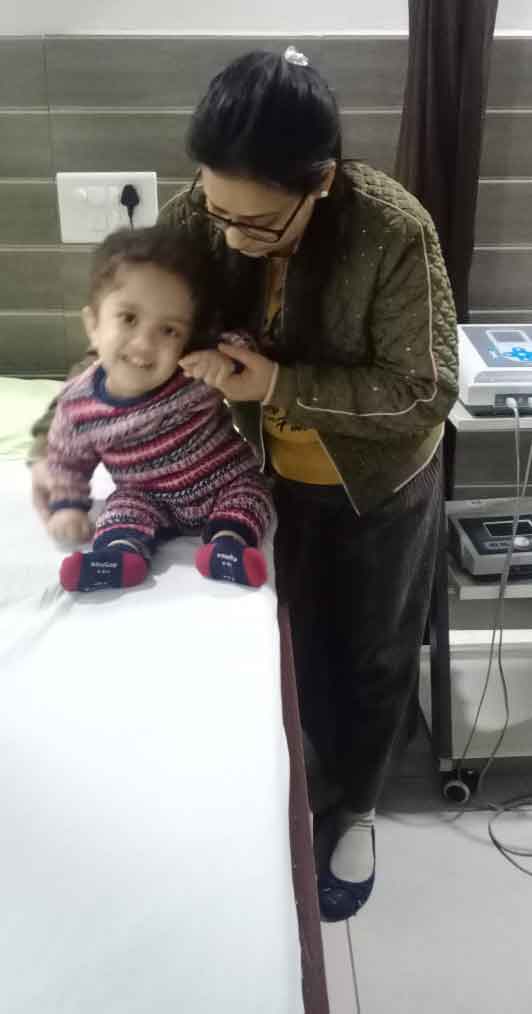
It’s equally common in males and females. During early fetal development, much of your skeleton is made up of cartilage. Normally, most cartilage eventually converts to bone. However, if you have achondroplasia, a lot of the cartilage doesn’t convert to bone. This is caused by mutations in the FGFR3 gene. The FGFR3 gene instructs your body to make a protein necessary for bone growth and maintenance. Mutations in the FGFR3 gene cause the protein to be overactive. This interferes with normal skeletal development. People with achondroplasia have normal intelligence and normal lifespan.
What are possible complications of achondroplasia in a child?
Health problems are common in children and adults with achondroplasia. Not all of the below problems occur in every child with achondroplasia. Each problem can be addressed by your child’s healthcare team. Problems may include:
- No breathing for short periods of time (apnea). Babies often have episodes of apnea. Surgery to remove the tonsils and adenoids often corrects this problem.
- Regular ear infections. These may need to be treated with ear tubes.
- Buildup of fluid in the brain (hydrocephalus). or “water on the brain This may need to be drained or managed with the insertion of a tube called a shunt. Head size becomes large.
- Posture problems. Babies may have a small hump in the upper back (kyphosis). This often goes away when a child begins to walk. But walking often leads to the lower back curving inward (lordosis). Physical therapy may help with this problem. A small hump near the shoulders that usually goes away after a child begins walking.
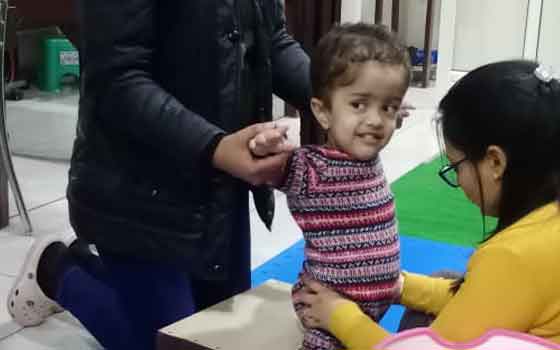
- Dental problems. Crowded or crooked teeth may need to be treated by an orthodontist.
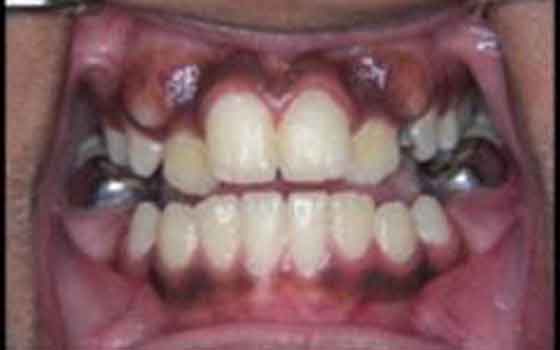
- Obesity. Your child’s healthcare provider can advise ways to help keep your child’s weight healthy.
- Face: Flattened bridge of nose
- Extremities: Short arms, legs, and fingers, but normal-sized torso. Upper arms and thighs more shortened. With Bowed lower legs. Flat feet that are short and broad. Extra space between the middle and ring fingers (trident hand). Children and adults with achondroplasia may have difficulty bending their elbows.
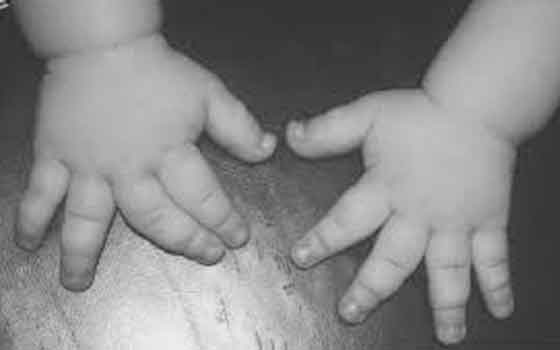
- Musculature: Poor muscle tone and loose joints with weak cartilage. Decreased muscle tone, which can cause delays in walking and other motor skills. With tingling and weakness in arm and legs.
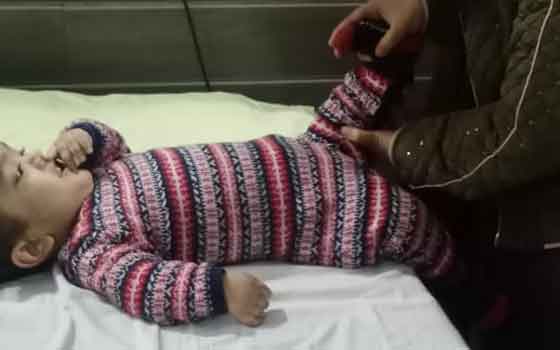
- Milestones: Delayed development milestones, such as walking occurring at 18 to 24 months instead of at 12 months
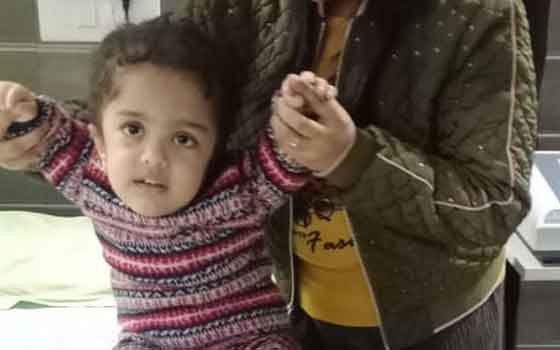
A child with the condition may also have small vertebral canals. These are the spaces inside the spinal bones. This may lead to spinal cord compression as a child gets older. In rare cases, a child with achondroplasia may die suddenly in infancy or early childhood during sleep because of compression of the upper end of the spinal cord. Compression in this area causes problems with breathing.
How is achondroplasia treated in a child?
There is no treatment for changing the condition. But different kinds of treatment can be done to help relieve problems caused by the condition. Early diagnosis can help prevent or lessen some problems associated with dwarfism. People with growth hormone deficiency related dwarfism (proportionate) can be treated with growth hormones. Most treatments for dwarfism (disproportionate) cannot increase stature, but can help relieve problems related to dwarfism, like surgical treatments to correct the direction of bone growth shape of spine, removing excess fluid around the brain If anyone has achondroplasia. The person may need to make some physical adaptations, such as avoiding impact sports that could damage the spine. However, person can still live a full life. Other treatments may include:
Fixing dental problems. A child may need to be treated by an orthodontist. This is a dentist with special training in fixing the alignment of teeth.
Treating ear infections right away. This is to avoid the risk of hearing loss.
Tests to look for bone problems. The spine needs to be checked to prevent breathing problems. Breathing problems can happen if the upper end of the spine is compressed. Other bones need to be checked to prevent leg pain or loss of function.
Treatment with growth hormone does not largely affect the height of a person with achondroplasia. Keep all well-child appointments so your child’s health can be regularly monitored. Keep an ongoing list of questions and bring them with you to your child’s appointments. in achondroplasia you need a special team for your child who can treat him completely. Your child will also have special protection in the public education system. Review the online resources and check with your state or local school board about when and how to ask for classroom and other school changes your child may need. You will become your child’s most important supporter in the school system.
PHYSICAL REHABILITATION- for prevention progression of disease.
Physical therapy help to strengthen muscles and increase movement, limb lengthening (controversial), maintain healthy tone of muscle.
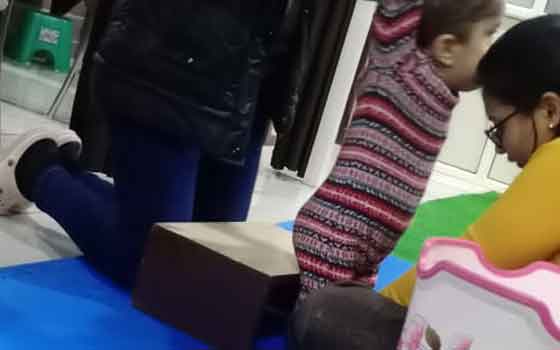
Bowing exercise
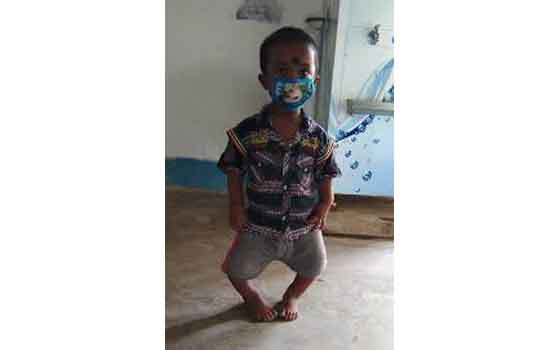
Cervical exercise
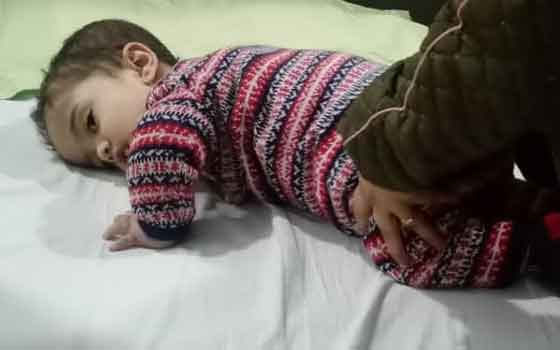
Head control in knees position and treatment of thoracolumbar kyphosis
Head control in prone position and prevention of thoracolumbar kyphosis
Head control in sitting position and manual coordination cut.
Sphinx position imbalances using one arm support
Sphinx position imbalances and head control
Breathing exercise
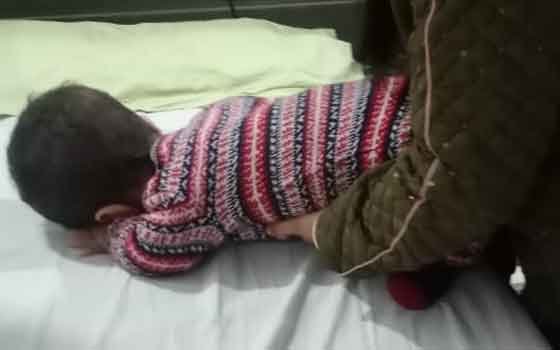
Tumbling exercise
How to stand
Fine motor skills and head control in sitting position
Lumbar back exercises
Sphinx posture belly down
Pull to sit
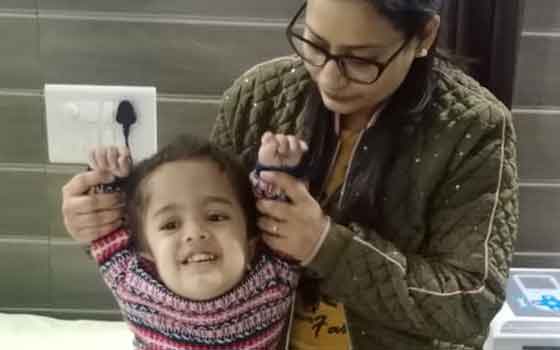
Suspension in prone and side lying
Clapping technique
Suspension in prone and side lying
Clapping technique
Upper limbs and lower limb strengthening exercise.
Head control using a physio ball, muscle strengthening and imbalance exercises
TREAT YOUR CHILD WITH BEST PEDEATRIC PHYSIOTHERAPIST IN DHKOLI.
A pediatric physiotherapist is the best for treating achondroplasia. Blossom physiotherapy center provide excellence treatment for pediatric patients. Here Dr.Jyoti Gupta (MPT pediatrics) that is a Pediatrics Physiotherapist as well as a certified Yoga instructor she complete her course from a well known YOGA ALLIANCE INTER NATIONAL FnY STUDIO is a head of the center and senior physiotherapist. She is a versatile physiotherapist and having a vast knowledge in the field of pediatric physical rehabilitation. As she is a pediatric physiotherapist so it is become very easy for her to deal with pediatric patients. Because the mentality of the pediatric patient is different and tackle them is not so easy. Moreover to perform physical activities in a playful manner is also difficult but an experience person can do it so easily and in a useful way.
As achondroplasia is a progressive diseases and muscular and boney degeneration can be only prevented by physiotherapy and it is all depends on your physiotherapist. Blossom physiotherapy center has a good team of physiotherapist, pediatric neuro physiotherapist, occupational therapist, speech therapist and special educators. Other than this they have ultra modular exercise modalities, gymnasium and playing games which will be beneficial for such kids. Furthermore Dr. Jyoti also gives yoga sessions which help in maintain calm mind and improve concentration of child. In nutshell blossom physiotherapy center provides a full package of rehabilitation under a one roof with the help of multitalented staff. In case you any difficulty or have any problem with your child I must say that you need to visit to blossom physiotherapy center here you will feel comfortable as much as you feel at your place but with proper guidance and counseling. For more information log into https:/www.blossomphysitherapy.in

